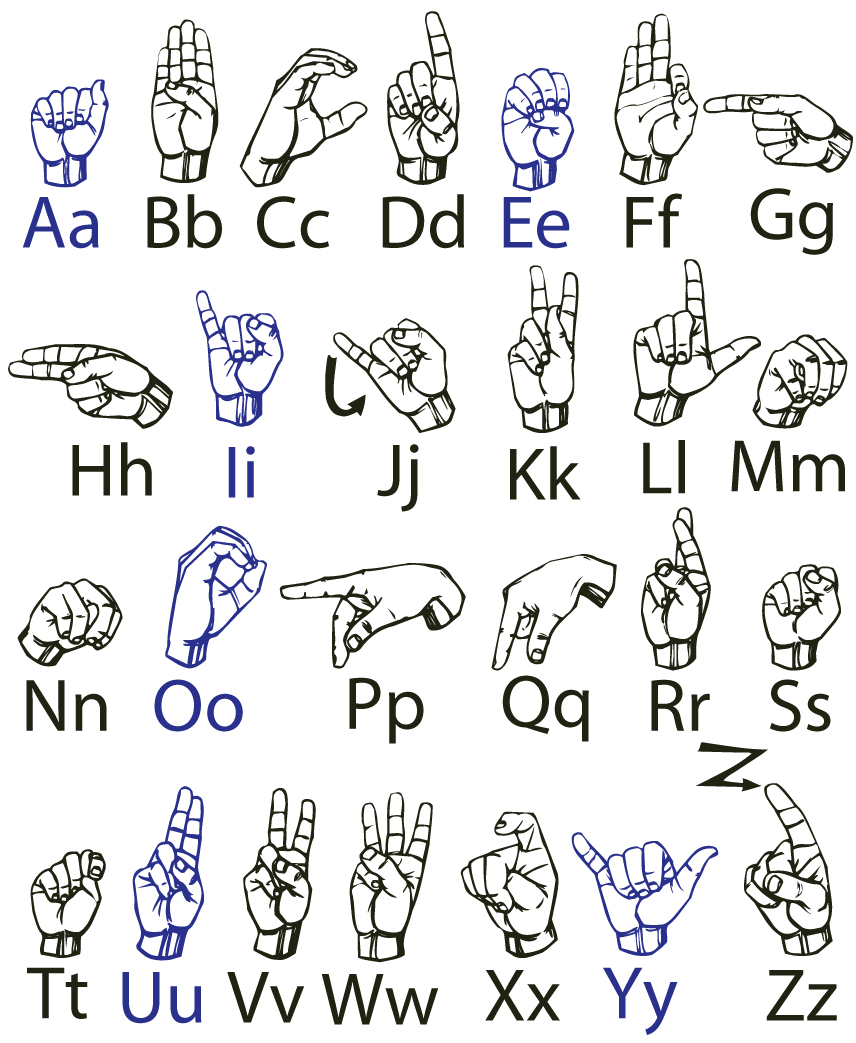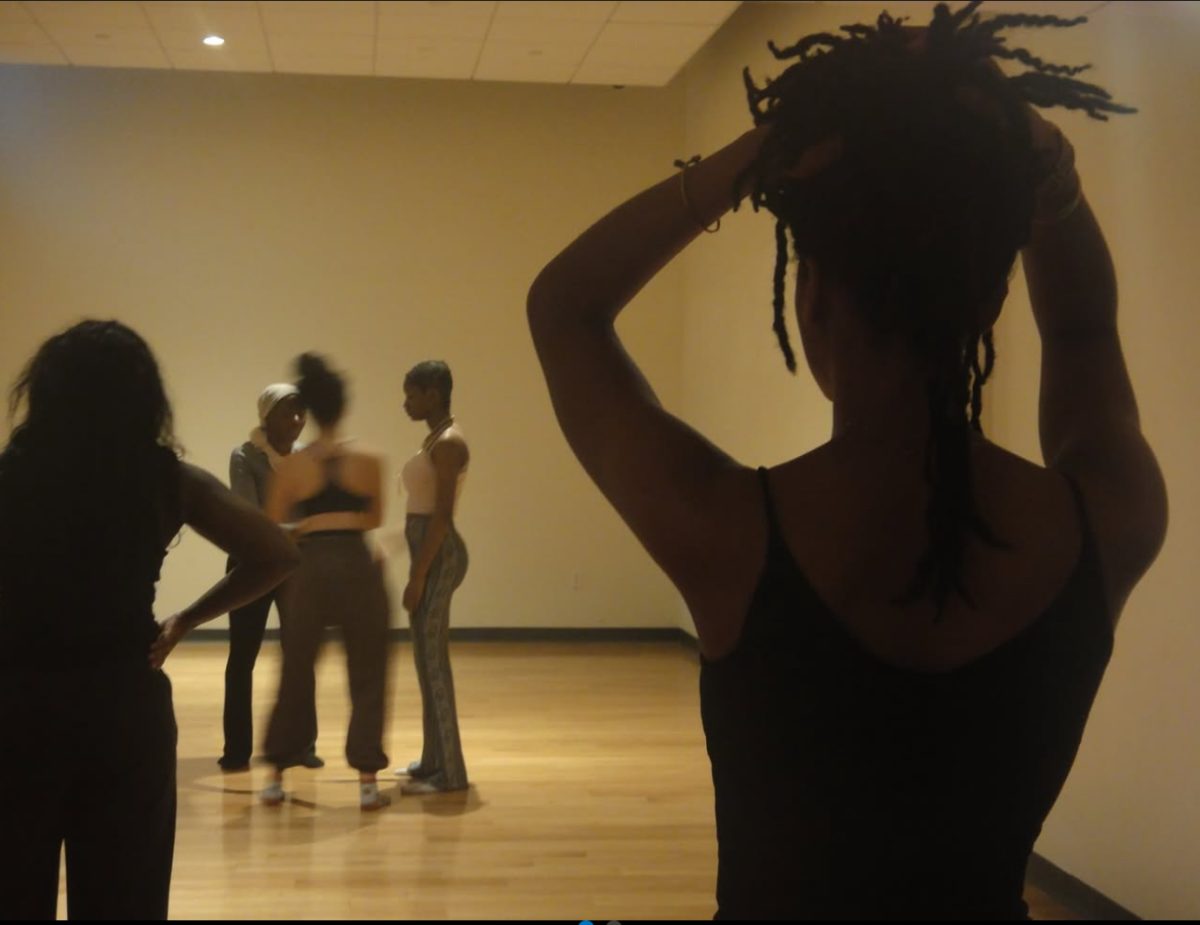McAfee Dining Hall hosts the American Sign Language (ASL) table on Fridays at 12:30 p.m. in order to provide casual conversation practice for a language that is otherwise not taught on campus.
Madeleine Barowsky ’18 became interested in taking a leadership role in the ASL table this year, after attending weekly ASL lunches over the summer at her workplace. She had not attended the table at Wellesley last year.
“I think often people learn ASL in an immersive and fun way. ASL is really a fun language and it’s so different because it’s visual. Many certified ASL teachers are deaf, so students have no choice but to quickly learn the alphabet in order to clear up misunderstandings — switching to voiced English isn’t an option,” Barowsky said.
Barowsky emphasized an acceptance of beginners at the table, as only two regulars this semester are able to have a fluid conversation already.
“When I learned ASL [in night classes], we played games and simply had a lot of conversations. Learned vocabulary came naturally as we needed a new word to recount a story,” Barowsky explained. “Both of these things I try to replicate with ASL table. I enforce no voices, but I think even the complete beginners who come understand quite a lot through context and facial expressions.”
Without formal classes or an organization, Ismet Uner ’16 and other students have had to commute to Harvard or Boston in order to learn the language and practice. She believes that the table is an effective way to make people more aware of Deaf community and culture, and that it is important for communicating with deaf individuals whose preferred language may be ASL.
“I was very excited when I found out that a student had started an ASL table at Wellesley since it sounded like a great way to practice the skills I had learned in class. Harvard has an ASL table a few evenings a week but the commute made it too difficult to participate,” Uner said. “The table also seems like a great idea for students who may be hard-of-hearing, or deaf and whose preferred means of communication is ASL, to be able to have a space on campus where they can connect with other students interested in sign language and deaf culture.”
Uner is taking advantage of the table on Fridays in order to supplement her knowledge of ASL from classes at Harvard, which she has taken for the last few semesters.
“I do wish that there was an actual ASL club or better yet, an ASL department at Wellesley where we could have language classes and courses on deaf culture. The ASL table is definitely a start though and it’s still a great way to connect with other students who are learning ASL despite our lack of an org,” Uner said.
Maya Saupe ‘18 works through the Spanish department to host the Spanish table along with teaching assistant Angeles Ortega Luque. Even in languages with established classes and a department, Saupe still finds it useful and necessary for students to learn through informal conversations that are held at the table.
“I would say that having a very informal conversational environment helps a lot with language learning. Because we are all peers, it’s much more comfortable and people are more confident to speak freely and work through things they aren’t sure how to say. It’s also a great way to learn how to say real life things as opposed to only things you would talk about in an academically focused class,” Saupe said.
The Spanish table, in contrast to the ASL table, interacts with the Spanish department to provide an alternative setting for improving the language that is also part of the department. Some professors require students to attend. This leads to a weekly attendance of about five to six students.
The Spanish table is also attended by a Luque who is fluent and can interject the casual conversations practiced at the table with corrections of grammar and colloquial phrases. This type of supervision of someone who is fluent or whose native language is the language taught at the table is present at other language tables as well, such as the Arabic table and the French table.
Without the access to students through a department, Barowsky is having difficulty attracting more students. When she did not send an email to remind people of the ASL table, there was no one in attendance. However, she remains hopeful.
“We don’t have a ready-made group of students who study the language or faculty who could spread the word. One thing we have going for us is that a group of people signing is pretty distinctive, and people hopefully are curious enough to mosey over and join!” Barowsky said.
Courtesy of Wikipedia






